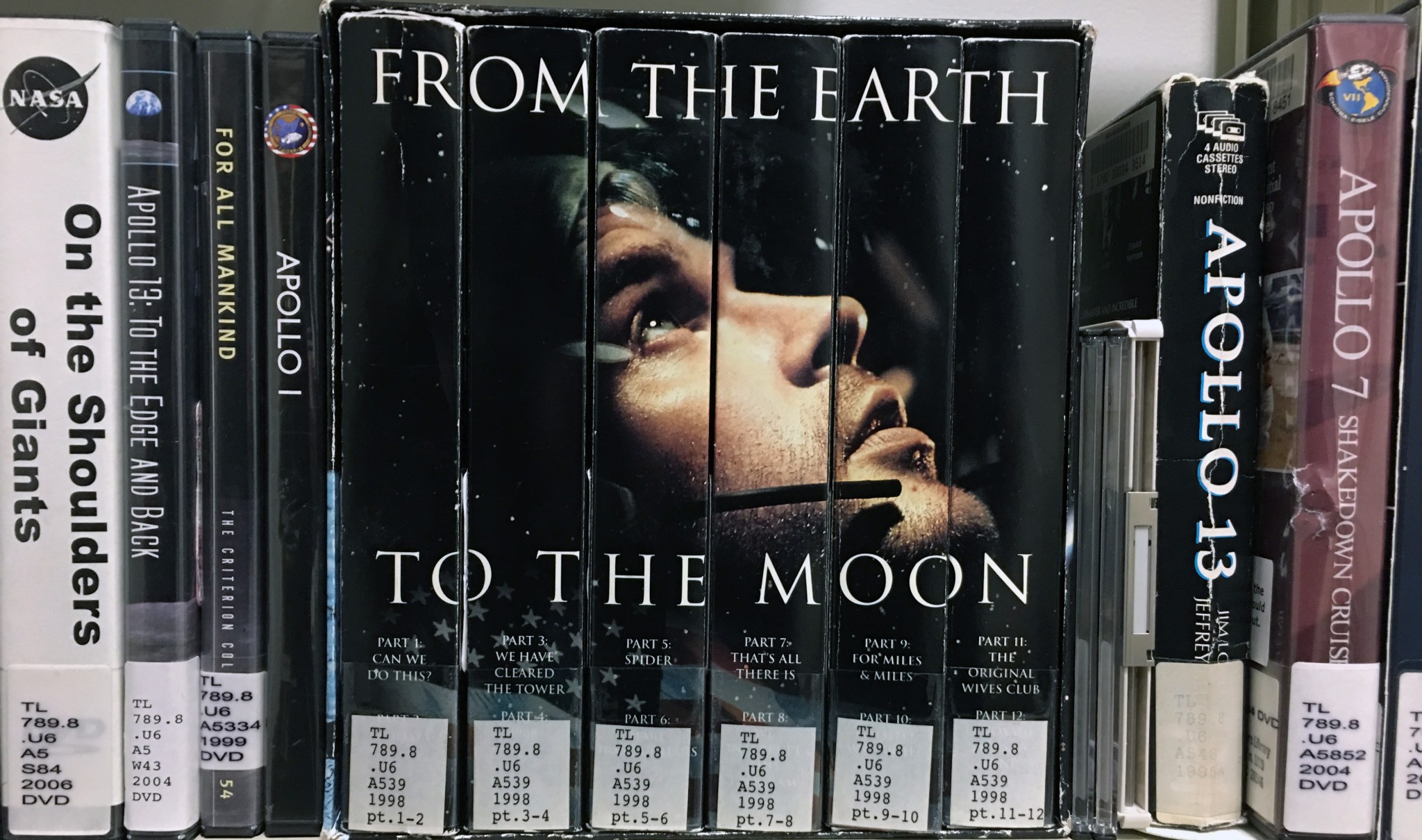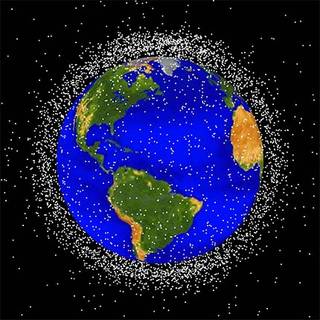“The Universe is infinite
But space has its limits
Rockets a launching
Sat’lites are orbiting
Explosions in Space
Oh what a waste
Fragments go flying
And we go crying “Space junk we’ve got” Man-made or not
Then comes Kessler Who knows the better
When things collide
Their debris do multiply
Thanks to partnering
And NASA’s gathering
We look for ways
To manage the spray”
– S. Thuy Nguyen-Onstott.
International Space Station (ISS)Orbital Debris Collision Avoidance Process
One may ask, “What is Orbital Debris?” Although we don’t see space junk in the sky, beyond the clouds and further than the eye can see, it enters low Earth orbit (LEO).
LEO is an orbital space junk yard. There are millions of pieces of space junk flying in LEO. Most orbital debris comprises human-generated objects, such as pieces of space craft, tiny flecks of paint from a spacecraft, parts of rockets, satellites that are no longer working, or explosions of objects in orbit flying around in space at high speeds.
Most “space junk” is moving very fast and can reach speeds of 18,000 miles per hour, almost seven times faster than a bullet. Due to the rate of speed and volume of debris in LEO, current and future space-based services, explorations, and operations pose a safety risk to people and property in space and on Earth.
There are many reasons why LEO has developed into an orbital graveyard. For instance, the deliberate destruction of the Chinese Fengyun-1C spacecraft in 2007 and the accidental collision of an American and a Russian spacecraft in 2009 alone have increased the large orbital debris population in LEO by approximately 70%, posing greater collision risks for spacecraft operating in low Earth orbit.
There are no international space laws to clean up debris in our LEO. LEO is now viewed as the World’s largest garbage dump, and it’s expensive to remove space debris from LEO because the problem of space junk is huge — there are close to 6,000 tons of materials in low Earth orbit.
The NASA Orbital Debris Program officially began in 1979 in the Space Sciences Branch at the Johnson Space Center (JSC) in Houston, Texas. The program looks for ways to create less orbital debris, and designs equipment to track and remove the debris already in space.
Space junk is no one countries’ responsibility, but the responsibility of every spacefaring country. The problem of managing space debris is both an international challenge and an opportunity to preserve the space environment for future space exploration missions.
We have generated a global problem that can only be solved with the help from other Countries. This webpage will cover resources on space debris and the hazards it presents to our continuing use of space. All items are available at the Headquarters Library, except as noted. NASA Headquarters employees and contractors: Call x0168 or email for information on borrowing or in-library use of any of these items. Members of the public: Contact your local library for the availability of these items. NASA Headquarters employees can request additional materials or research on this topic. The Library welcomes your comments or suggestions about this webpage.
The space around our planet is filled with rubbish. It’s time to take out the trash!
NASA POLICIES AND STANDARDS
The following standards, policies, and procedural requirements can be accessed by anyone through the NASA Online Directives Information System or through the NASA Standards website :
- NASA-HDBK-8719.14: NASA Handbook for Limiting Orbital Debris
- NASA-STD-8719.14: Process for Limiting Orbital Debris (Revision A with Change 1 of 5/25/2012)
- NPR 8715.6B: NASA Procedural Requirements for Limiting Orbital Debris and Evaluating the Meteoroid and Orbital Debris Environments
REPORTS AND ARTICLES
Garber, Stephen J. (2017) Incentives for Keeping Space Clean: Orbital Debris and Mitigation Waivers. Journal of Space Law, 41(2), 179-201.
Durrieu, Sylvie and Nelson, Ross F. (2013). Earth Observation from Space – The Issue of Environmental Sustainability. Space Policy, 4(2), pg. 238-250. (20140011102), NTRS
Johnson, Nicholas L. (2010, Feb) Orbital Debris: the Growing Threat to Space Operations. Paper presented 33rd Annual Guidance and Control Conference, Breckenridge, CO; United States, Feb. 6-10, 2010, Report No. AAS 10-011, JSC-CN-19694 (20100004498), NTRS
Johnson, Nicholas L. and Heiner, Klinkrad (2009, Jan) The International Space Station and the Space Debris Environment: 10 Years On. Paper presented 5th European Conference on Space Debris, Darmstadt, Germany, March 30-April 2, 2009. Report No. JSC-CN-17500, JSC-CN-17944 (20090004997), NTRS
Kaplan, Marshall H. “A Permanent Solution to Near-Earth Orbital Debris”, AIAA Space and Astronautics Forum and Exposition, AIAA SPACE Forum, (AIAA 2017-5345)
Kessler, D. J. and Su, S.Y. (1985). Orbital Debris. Paper presented at Workshop in NASA Johnson Space Center, Houston, TX, July 27-29, 1982. Report No. NASA-CP-2360, S-532, NAS 1:55:2360, 1985 (19850012878), NTRS
Liou, J.C. (2017, May) Highlights of Recent Research Activities at the NASA Orbital Debris Program Office. Paper presented 7th European Conference on Space Debris, Darmstadt, Germany, April 18-21, 2017, Report No. JSC-CN-3199, (20170003872), NTRS
Liou, J.C. (2011). Active Debris Removal – A Grand Engineering Challenge for the Twenty-First Century. Paper presented 21st AAS/AIAA Space Flight Mechanics Meeting, New Orleans, LA, Feb. 13-17, 20100, Report No. AAS-11-254, JSC-CN-23012 (20110011986), NTRS
NASA Orbital Debris Program Office, NASA Academy of Program/Project & Engineering Leadership. (2012). Orbital Debris Management & Risk Mitigation. Retrieved from NASA website
Matney, Mark (2016, Sept) Measuring Small Debris – What You Can’t See Can Hurt You. Paper presented VKI Lee Series, Space Debris Reentry and Mitigation, Brussels, Belgium, September 12-14, 2016, Report No. JSC-CN-37432-1, (20160011226), NTRS
Portee, Davis S. F. and Loftus, Joseph P. Jr. (1999). Orbital Debris: A Chronology. Report No. NASA/TP-1999-208856, NAS 1.60:208556, S-843, TX:NASA Johnson Space Center (19990041784), NTRS
United Nations for Outer Space Affairs. (2010). Space Debris Mitigation Guidelines of the Committee on the Peaceful Uses of Outer Space. Vienna: United Nations. Retrieved from NASA website
Human Spaceflight Knowledge Sharing: Micrometeoroids and Orbital Debris. (2017). NASA Knowledge Journal. Winter, 2017. pp 8-11. Retrieved from NASA Website
BOOKS
Baiocchi, D. and Weiser, W. IV. (2010). Confronting Space Debris Strategies and Warnings From Comparable Examples Including Deepwater Horizon. Santa Monica, CA: Rand Corporation. ISBN: 978-0-8330-5056-4.
TL 1499 .B35 2010 Bookstacks
Bendisch, J. (ed.). (2002). Space Debris 2001, Volume 105 Science and Technology Series. Proceedings of the space debris sessions from a symposium of the International Academy of Astronautics held in conjunction with the 52nd International Astronautical Federation Congress, October 1-15, 2001, Toulouse, France. San Diego, CA: Published for the American Astronautical Society by Univelt. ISBN: 978-0-309-21974-7.
TL 1499 .I346 2011 Bookstacks
National Research Council (U.S.) Committee on Space Debris. (1995). Orbital Debris, A Technical Assessment. Washington, D.C.: National Academy Press. ISBN: 0-309-05125-8.
TL 1499 .N38 1995. Bookstacks. Available Free to All. DOI.
National Research Council (U.S.) Committee on Space Shuttle Meteoroid/Debris Risk Management. (1997). Protecting the Space Shuttle from Meteoroids and Orbital Debris. Washington, D.C.: National Academy Press. ISBN: 0-309-05829-5.
TL 795.5 .P77 1997. Bookstacks. Available Free to All. DOI.
National Research Council (U.S.) Committee for the Assessment of NASA’s Orbital Debris Programs. (2011). Limiting Future Collision Risk to Spacecraft An Assessment of NASA’s Meteoroid and Orbital Debris Programs. Washington, D.C.: National Academy Press. ISBN: 978-0-309-21974-7.
TL 1499 .I346 2011 Bookstacks
Pelton, J. N. (2013). Space Debris and Other Threats from Outer Space. New York: Springer. ISBN: 978-1-4614-6714-1.
TL 1499 .P45 2013 Bookstacks
INTERNET RESOURCES
- NASA Orbital Debris Program
- NASA Office of Safety & Mission Assurance
- NASA Kids’ Club
- Aerospace Technology
- Aerospace Research Central
- Inter-Agency Space Debris Coordination Committee
- The National Academies of Sciences Engineering Medicine
- United Nations Office for Outer Space Affairs
- United States Department of State
- European Space Agency
– ESA: Space Debris by the Numbers
– ESA FAQ: Space Debris
SLIDE PRESENTATIONS
- Liou, J. C. (2016). The Orbital Debris Program. Retrieved from NTRS, 20160005242.
- Matney, Mark (2017). Measuring Small Debris – What You Can’t See Can Hurt You. Retrieved from NTRS, 20160011225.
- Stansbery, Eugene (2013). NASA Orbital Debris Program. Retrieved from NTRS, 20130010239.
VIDEOS
- European Space Agency. (2017). Dealing with Space Debris.
- European Space Agency. (2017) A Journey to Earth.
- NASA. (2017). Mike Squire: Micrometeoroids and Orbital Debris (MMOD) Risks






























